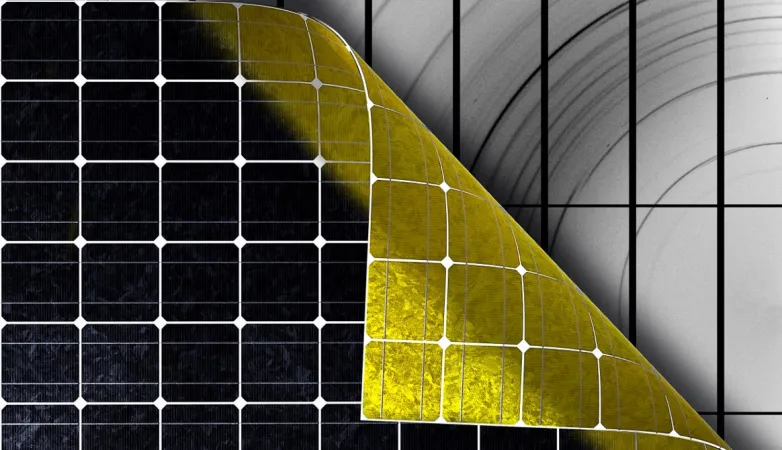French scientists try to uncover the secrets of black perovskite
Aug 23, 2019 10:01 PM ET
- X-ray analysis is said to have solved the mystery of how to preserve optical absorption in perovskite layers. Researchers say the discovery could help stabilize the material and speed up the launch of a new ingredient for PV research.

An international team of researchers led by Julian Steele at Belgium’s KU Leuven University claims to have developed a process to improve the thermal stability of one of the most promising perovskite materials for PV application: CsPbI3.
“One of the biggest obstacles to commercial deployment of perovskite solar cells is their instability,” said Steele. “The cost of their ingredients is low, their efficiency is skyrocketing but their stability remains problematic.”
All the perovskite variants discovered to date are chemically sensitive. Exposure to air, moisture, light and heat can alter their chemical bonds and degrade them. Steele said the incorporation of cesium into the formulation of CsPbI3 makes the material more robust but also introduces a phase instability, raising a new concern for solar cell manufacturers about whether the molecules will change layout at any time.
Polymorphism, as it is known, is disconcerting for manufacturers. At more than 320 degrees Celsius, CsPbI3 adopts a crystalline structure that makes it black and opaque; at room temperature it resumes an amorphous configuration that gives it a yellowish color. The latter form considerably reduces light absorption and the efficiency of any solar cell in which the material would be incorporated.
For years, the process governing phase transformation in CsPbI3 was unclear. Researchers managed to impose a crystalline phase by incorporating new chemical compounds in their layers of perovskites, or by altering the size of the crystals they were composed of. However, nobody has yet managed to explain why those tricks work. A recurring puzzle concerns why layers annealed under identical conditions sometimes turn yellow and sometimes black when they cool to room temperature.
High tension
Measurements conducted at the European Synchrotron Radiation Facility in Grenoble, France, recently identified a candidate which may drive phase transition: the substrate on which the perovskite layer is deposited.
In an article in Science, Steele explained the junction between the perovskite layer and glass surface it is applied on can cause a tension within the layer which is capable of interlinking the desired phase as a result.
According to the study, which involved scientists at 11 research centers on three continents, the interface between perovskite and substrate which is formed during annealing at high temperature remains even after a return to ambient temperature. If the temperature drop is quite steep, perovskite can retain the crystal mesh of the interface and adapt to it.
The perovskite layer extends “like an accordion” when heated, said Steele. The lead researcher added: “When cooled, this layer tries to compress again but the interface it has formed with the substrate keeps it extended. We have demonstrated in our study that this tension between the perovskites layer and the substrate can be exploited to stabilize the crystalline phase which makes the black perovskites layers.”
Also read
- BNDES Admits Arctech to FINAME, Boosting Solar Trackers Across Brazil
- TCL Solar Secures 250 MW Pakistan Distribution Deals to Accelerate Growth
- UbiQD Secures Landmark Quantum Dot Deal with First Solar
- Astronergy Invests $53M in Tandem Solar Cell Project
- ARENA Unveils $39M Solar Innovation Funding Round
